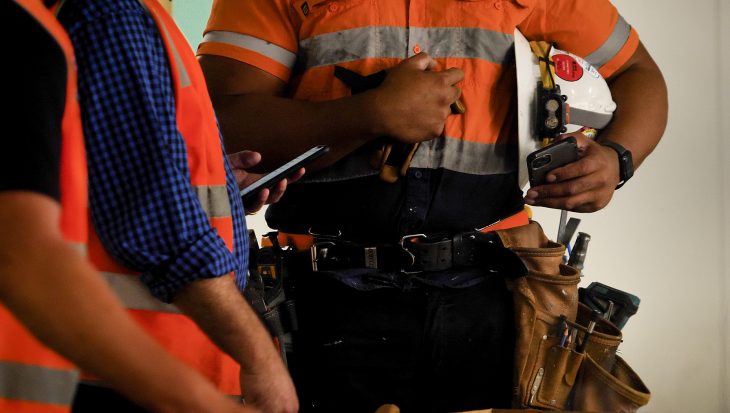From a personal perspective, one of the main reasons I am passionate about the work that I do with the ASVB, is that I believe the “important information” (namely the social and environmental impact) are often left out of the decision-making process when it comes to investment. In my mind, considering only profit and not the true costs of initiatives, is one of the main contributors to the current “mess” our planet and society is in.
In part, I believe this lack of consideration for social and environmental impact in decision making is due to a lack of motivation, as I’m sure many mines would not be seen as viable propositions if both of these factors were included in the cost-benefit analysis, but I also believe it is partly due to the fact that, particularly the social impact, is difficult to quantify. And that’s where I see the role of the Australian Social Value Bank.
If we are to create a “social value marketplace” as David LePage describes it, we need to be considering social and environmental impact along with price and quality in all procurement decisions. Initially, it will suffice for businesses to state that they create social impact; for example, we can provide quality, cost competitive catering, but we also train and provide employment to disadvantaged young people. However, as this marketplace begins to mature, we will need a standardised way to quantify social value that can be compared.
It is at this point that the ASVB becomes integral to the social value marketplace. When, for example, developers competing to build the next tunnel can say, “we can deliver the project for $X Billion and our suite of training, employment and place-making activities will deliver $X of social value”.
It is only when we start to quantify the net social benefits of activities that we will truly be able to compare procurement options across all four domains: price, quality, social and green.
I left my first Social Traders Conference heartened by the political will to support the growth of a social enterprise sector, certain of there being a place for the ASVB within it, and optimistic that we can create a social value market place, which can use market forces, to get us out of this mess we’re in.
Min Seto is the Executive Officer of Alliance Social Enterprises.
The views, information, or opinions expressed in this article are solely those of the individual and do not necessarily represent those of Alliance Social Enterprises.



